Green beans contain many vitamins as well as loads of useful fibre. You may be surprised to hear that the iron content in green beans is twice as high as that of spinach. Iron is an integral component of haemoglobin, which transports oxygen from the lungs to all body cells and is also part of key enzyme systems for energy production and metabolism.
To utilise it properly the body requires copper which is also found in green beans along with vitamins A and C, plus zinc. These help maintain optimal immune function. Then there’s thiamin (vitamin B1) which is known for being good for your memory.
The many nutrients found in green beans can help to prevent a number of different conditions such as colds, flu and ear infections. However they contain a measurable amount of oxalates, so if you suffer from oxalic acid stones in the kidneys, speak to your doctor before eating green beans on a regular basis.
Aside from that, munch away because they contain loads of useful fibre too. One cup of raw green beans has about 30 calories, 1.83g of protein, 0.22g of fat, 6.97g of carbohydrate, 2.7g of fibre and 3.26g of sugar. If possible, buy loose, fresh green beans – not pre-packaged. That way you can check for freshness and pick out the best looking beans of the bunch.
They should feel firm and crisp in your hands, not soft or limp. If you’re not a fan of them, try making them into a soup as they are full of vitamin K which is essential for maintaining strong bones. I like to roast a whole head of garlic,cut in two, for 40 minutes in the oven with the green beans and then pop the garlic out one at a time and run them all together through a blender with three roasted shallots and sometimes mushrooms, then reheat them. With a big piece of crusty sourdough bread, if you weren’t a fan of green beans before you will be now.
